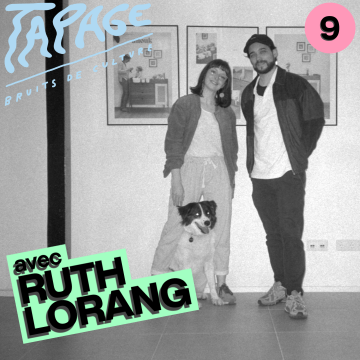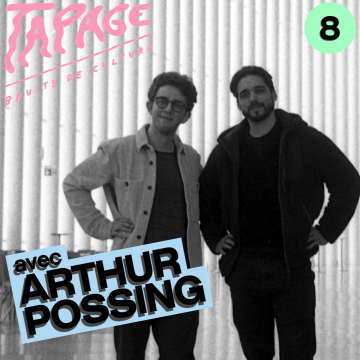20 juin. 2023Block Party - 50 years of hip-hop
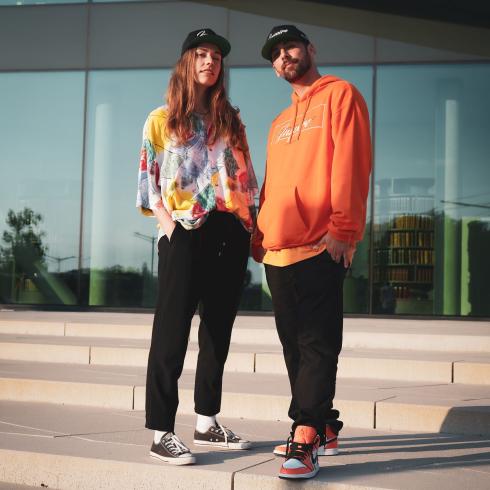
On 11th August 1973, Cindy Campbell threw a block party at the community centre at 1520 Sedgwick Avenue, Bronx, New York. It ought to become the legendary birthplace of a whole new music genre and subculture: hip-hop.
In celebration of 50 years of hip-hop as well as of the event that started the movement, Marc Fol and Alicia Cano, both dance teachers at Art in Motion a.s.b.l., together with five other associations, organise the first edition of Block Party, a hip-hop festival that takes place on 24th and 25th June 2023 in the Rotondes.
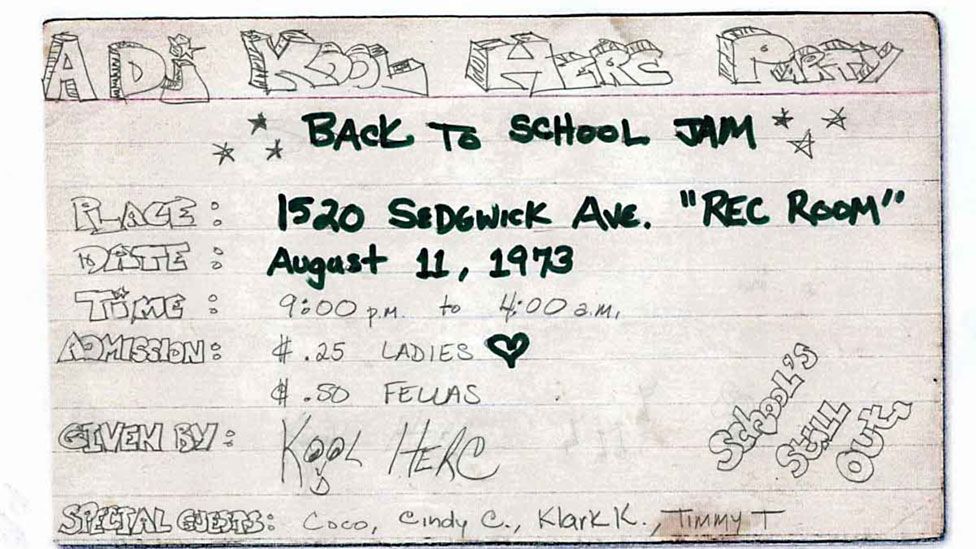
From the hip to the hop – The origins
In 1973, Cindy’s 18-year-old brother Clive, aka DJ Kool Herc, discovered that people preferred much more to dance to very specific parts of a song, the breaks, meaning the short instrumental, mostly drum-based rhythmic parts of a song. Those sequences were usually short, so Herc started to isolate and prolong them by using two identical vinyls on two separate turntables and switching back and forth between them. The “merry-go-round”, as he called the technique of looping breaks, became then without a doubt one of the most influential musical innovations of the 20th century, as it paved the way for many different music genres to follow and revolutionised the way music is produced to this day.
Hip-hop, though, doesn’t only refer to the music itself, but to a whole range of ‘sub-disciplines’ mostly related to the music but not exclusively. At follow-up block parties, MCs would heat up the audience by speaking in a rhythmic pattern to the beats – thus, rap was born –, and the crowd would dance wildly in a way that would later develop into breakdancing and other hip-hop dances. Outside, people would do graffiti on walls and subway trains that was no longer limited to simply sprayed gang signs but was already transitioning into a full-fledged art form.
The block party was the place where all these different parts of hip-hop came together, and a truly original subculture emerged. While at the beginning the different ‘disciplines’ were still very interconnected, we saw a professionalisation of each one of them in the past decades that led, according to Alicia, to the formation of different 'camps'. Marc, who’s been into hip-hop since 2001, recounts that back in the day “you could practise breakdance and do graffiti next to it, because you didn’t have so many techniques to learn.” The Block Party in the Rotondes will therefore be a big coming together of the whole scene to have an exchange and to see what common ground the different hip-hop art forms still share today.
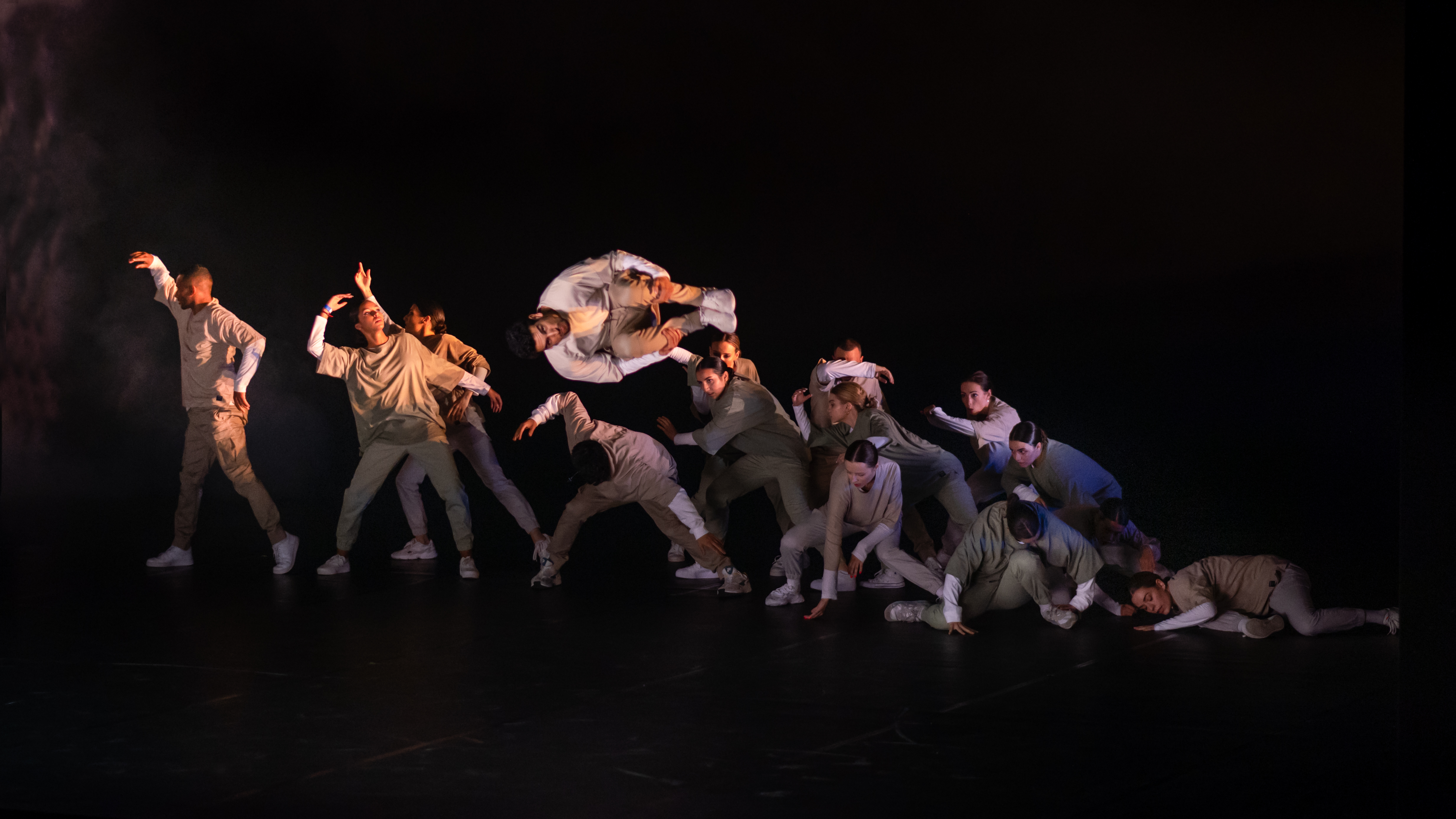
It took the urban subculture nearly 20 years to hop over to the Grand-Duchy, where, since the early 1990s, it has grown rapidly in popularity and a local scene has developed. Not only did rap and dance battles conquer the underground stages of Luxembourg, there also emerged many Luxembourgish and Luxembourg-based musicians who discovered hip-hop for themselves and even started to rap in their native tongue, like most famously De Läb did. Luxembourgish as a rapping language thus became more and more fashionable.
Today, hip-hop still experiences unbroken popularity, especially among young people. It’s in large part due to the huge pop-cultural presence of hip-hop, but for Alicia, the immense accessibility of hip-hop plays a big role as well, because hip-hop is very inclusive of different backgrounds and has always been a melting pot. Financially as well, Alicia finds hip-hop to be very accessible, as it – taking the example of hip-hop dance – doesn’t require years of costly dance training or expensive gear to get started and have fun. All in all, hip-hop doesn’t set a lot of restrictions, which opens it up for a lot of people. “Whatever you're doing, it makes you feel like you can express yourself, and you're giving yourself a voice through whatever you choose to do,” Alicia concludes.
Block Party - The ‘reboot’
“The idea is to have the different elements of hip-hop represented, and to have also the main associations, that are currently active in Luxembourg, working together” in order to create a platform where all the different branches of the hip-hop community come together and have an open exchange, but also to offer a stage “to showcase and to present these different forms of hip-hop in different forms to the public,” as Marc and Alicia tell me.
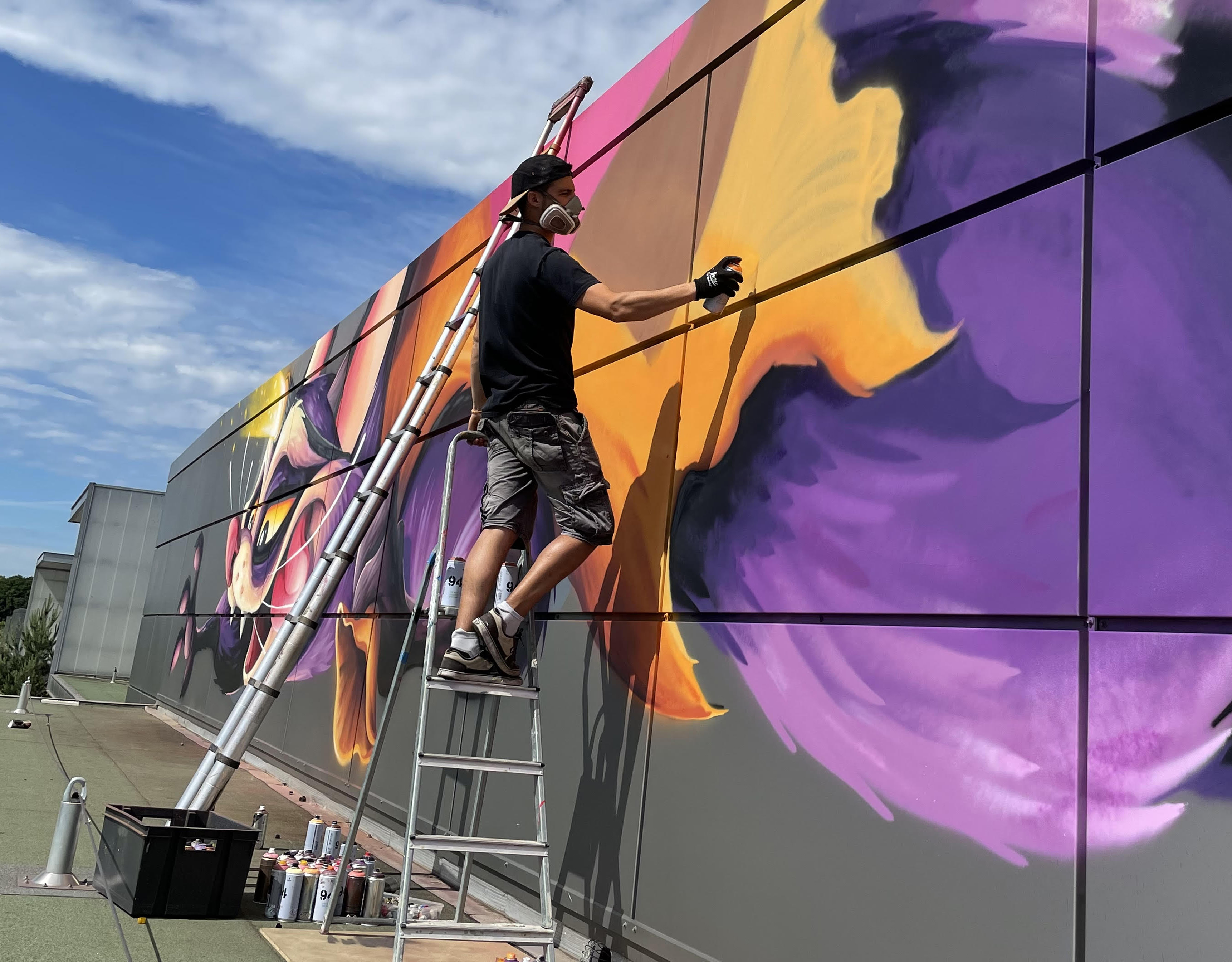
Six associations put together a whole range of activities representing the five pillars of hip-hop: graffiti, dance, beatboxing, rap and DJing. While Art in Motion a.s.b.l. is leading the project, De Läbbel a.s.b.l. ensures the musical entertainment by offering concerts with a high-profile international line-up of rappers, beatboxers, and DJs, among them prominent figures like DJ Cut Killer. Besides a vintage market, a round table on the topic “Qui sait encore tout faire aujourd’hui ?”, and food trucks, the Block Party will offer all kinds of free workshops on graffiti, dance, and rap led by I love Graffiti a.s.b.l., the K+A Bourglinster collective, and HHBEL a.s.b.l. A highlight of the festival will be the 7th edition of the On S’en Fish dance battle, organised by Knowedge a.s.b.l., where dancers of all skill levels can register on the spot and take part in the contest.
Although the various art forms under the roof of hip-hop sometimes still lack the recognition other more classical forms of artistic expression may find in broader society, Alicia finds that “public institutions are starting to look more and more this way because they begin to see the potential of hip-hop, not only as an art but also with regard to its social and physiological benefits.” A clear signal in that regard was the financial support they got from the ministry of culture, the Ville de Luxembourg, the Œuvre Nationale de Secours Grande-Duchesse Charlotte, and the Service national de la jeunesse.
Alicia and Marc see for themselves a mission “to be active and to show the potential of this art form and its value.” Therefore, the Block Party in the Rotondes not only caters to an already well-established hip-hop community in Luxembourg, but also hopes to attract newcomers of all ages and encourage them to actively take part in the events. After all, Alicia says, “it’s important to have people experience this energy and this culture and to introduce people to something that they might actually identify with.”
Les plus populaires
- 26 juin. 2024
- 28 juin. 2024
- 05 juil. 2024
- 04 juil. 2024
ARTICLES
Videos
26 juil. 2024TAPAGE avec Ruth Lorang
Articles
22 juil. 2024Le fabuleux destin de Raphael Tanios
Videos
19 juil. 2024